We live in a digital world where everything is driven by clicks and swaps on mobile screens. Just open an app and the entire world is accessible at your fingertips.
Currently, there are over seven million mobile apps available across Android, iOS, and other platforms. Out of the global population of 8 billion, 6.92 billion people use smartphones or mobile devices.
So, it seems alluring for businesses to launch their mobile apps to make progress in the business. But the fact is despite such a huge number of apps, only 0.5% of consumer mobile apps succeed. Yes, read it right, only 0.5% of apps succeed. Rest apps struggle a lot to perform nicely and stand out in the market.
And one of the main reasons that hinder a mobile app’s performance and achieve success is the mobile app user experience. Most app owners and creators often have the misconception that users mostly care for exciting or useful features. The reality, however, is quite different.
According to a market report, 52% of customers say a bad mobile experience makes them decrease faith in a company. 70% of customers abandon shopping carts due to poor UX.
So, mobile app user experience or mobile UX plays an influential or decisive role in determining the company’s success. If you also have a mobile app for your business or company. Then, you must ensure your app offers best-in-class UX to achieve better results. And to assist with this, here we have shared some of the best practices to improve the mobile app user experience.
Table of Contents
What is Mobile App User Experience?
Mobile app user experience or Mobile app UX is the end-to-end experience of a user while interacting with the app. It involves how the user feels while using a mobile application. Mobile app UX is primarily concerned with the holistic journey throughout the mobile application. It includes touchpoints, buttons, navigation, UI/UX design, performance, speed, and key factors associated with the app.
Why Does Good Mobile App UX Matter for Businesses?
Mobile app user experience has a direct impact on app performance as well as brand reputation. Modern users are very impatient and fastidious. They expect everything flawless and seamless while using a mobile application.
Mobile app UX is a significant part of customer experience. No matter what features or solutions your app offers. If your app fails to engage users and perform nicely, it won’t drive positive business outcomes. Therefore, mobile apps help businesses to attain and retain users and generate business revenue.
Mobile app user experience plays a very influential role in determining the success of mobile apps. According to market statistics, users spend almost 90% of their mobile usage time using apps. Every $1 invested in UX results in a return of $100, which is 9,900% ROI.
Hence, it becomes critical for businesses and companies to invest in providing a good mobile app user experience. Investing in mobile app UX can enable app owners to satisfy users. And build better trustability and customer loyalty. Here are the benefits of a good mobile app user experience-
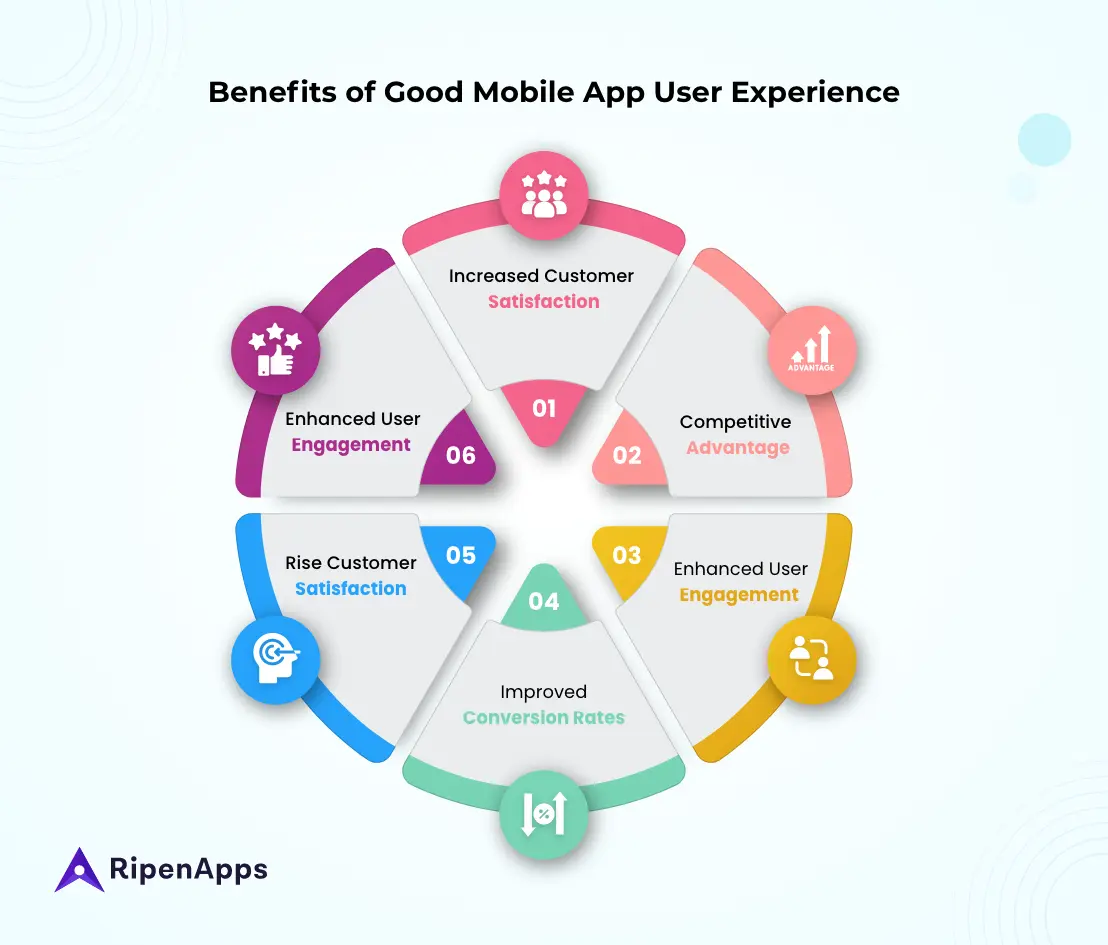
- Increased customer satisfaction
- Competitive Advantage
- Enhanced User Engagement
- Improved Conversion Rates
- Effective Brand Perception and Loyalty
- Better User Retention
Best Practices for Improving Mobile App User Experience
A good mobile app user experience involves various things. While developing or designing your mobile app, you should incorporate suitable techniques and UI considerations. Here, we have shared some of the best practices that could assist you in enhancing your mobile app experience.
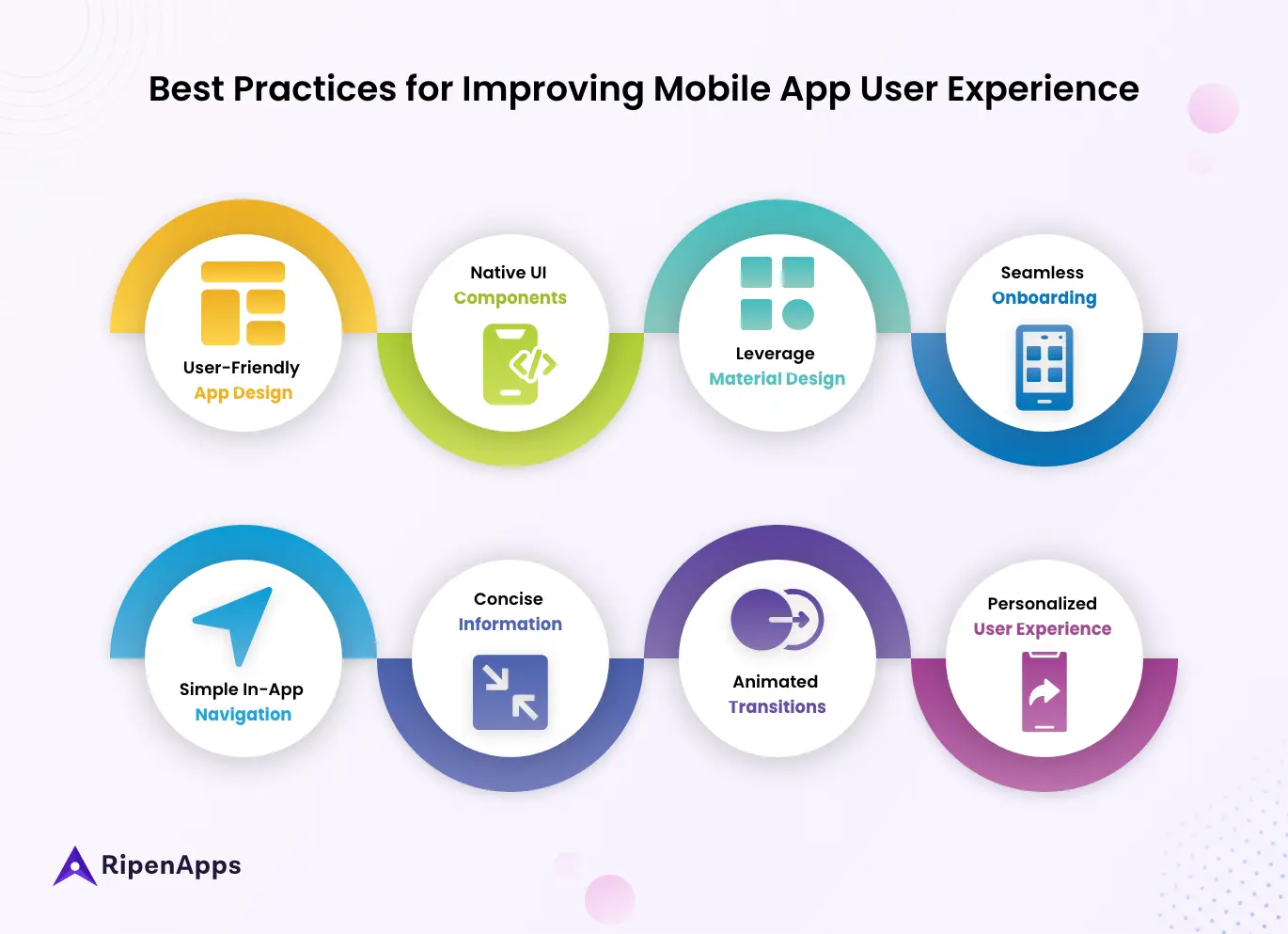
1. Create a User-Friendly App Design
Mobile app design is one of the most important aspects of quality mobile app UX. How much your app design is user-friendly will make a good impact on users. There are many factors in app design that contribute to the delivery of a high-quality mobile app experience. For instance, a user-friendly app design has
- Intuitive Navigation
- Data Privacy and Security
- Personalization
- Simple and Clean Interface
- Consistent and Familiar Patterns
- Responsive and Adaptive Design
- Easy Readability and Accessibility
- Effective Use of Color and Visual Hierarchy
- User Feedback and Iterative Improvement
All these are vital characteristics of a user-friendly mobile app design. This, as a result, helps in satisfying users’ expectations. And also in delivering an effective mobile app user experience. You should also check whether your current mobile app design meets the latest standards. If your current app doesn’t involve modern design elements. Then, there are many reasons why you should consider app redesign.
2. Incorporate Native Components in the Mobile App
Users are mostly familiar with native mobile app experience. They are habitual and aware of the native app user journey and its flow. Therefore, Whether it is Android or iOS, your mobile app should incorporate native UI components. It will make it easier for users to use the app. As a result, it will save time in following the steps and in-app navigation.
However, this doesn’t mean you are restricted to creativity or innovation. To add a unique element while giving a native-app-like feel, you can add transitions, animation, motion graphics, etc. Or other innovative things to make your mobile app UX special and impactful.
3. Leverage Material Design to Ensure Consistency in Android Apps
Android has high device fragmentation. It has over 28,000 different devices with different screen sizes and features. As a result, it becomes difficult to ensure consistent user experience across all Android mobile devices. Android users always look for a fast and intuitive app experience. So, it becomes crucial for Android apps to provide a consistent and intuitive UX on every platform.
For this, you can leverage material design in your Android app to make it more user-friendly. Material Design is a set of design guidelines and principles. It helps UI/UX designers and developers create a clean, modernistic, and responsive user experience. It primarily focuses on designing a visually consistent. And also create an intuitive app interface across different platforms and device inconsistencies. It would be better to take assistance from an Android app development company. They will help you effectively use this feature in your Android app.
4. Easy Onboarding
Even if your app has a million downloads, there is still a chance of instant uninstallation by users. Why? It is due to not having easy onboarding. When users first enter the app they want a fast and smooth onboarding experience. If your app is complex and difficult to understand, it may lead to app uninstallation right after download.
Hence, it is essential to provide an easier and smoother onboarding experience. To make onboarding easier, you should provide users with basic instructions or quick app usage tutorials. However, you should also not give too much information. It is because this will draw away users from meaningful UX. Try to give a brief tutorial or overview and leave some space for later.
5. Keep In-App Navigation Simple
Navigation is one of the top factors of quality mobile app user experience. It determines the user journey and how users feel going throughout the app. To offer a seamless mobile app user experience, you should focus on involving simple in-app navigation. Don’t confuse users by creating complicated or time-consuming navigation bars. You should try to keep your in-app navigation simple and easy to understand. As a result, it will help in providing a seamless user journey and ultimately good UX.
6. Be Concise
Mobile screens are completely different from desktop or tablet screens. They are much smaller in size. So, it makes it difficult for users to see information on a small screen. Therefore, you should focus on being concise while giving information in your mobile app. You should present information only that is important for users. Don’t fill everything onto the first or any screen. Leave some white space for user concentration. It will allow users to get smoother interactivity with your mobile app.
7. Include Animated Transitions
Animated transitions are among the best UI/UX design practices. It is to create a smoother in-app user flow while moving from one page to another. Animated transitions provide animated effects during the in-app journey when the user completes an action. It is one of the best practices to engage users and motivate them in their actions.
Therefore, incorporating animated transitions in your app can help you offer engaging mobile app UX. For implementing animated transitions, your developers or designers should focus on making it meaningful rather than visually attractive. It’s okay to have one or two animated transitions in the app. Don’t overload the app with extra animations.While subtle animations are best for transitions, consider using text animation to highlight key information or success messages during micro-interactions.
8. Add a Human-Touch In Your Mobile App User Experience
Users are humans. They like when a mobile app gives a personalized and interactive app usage experience. Your mobile app must be designed keeping the user’s behavior and interest in mind. Therefore, you should add a human touch to your mobile app design, features, navigation, and other aspects.
Try to give a personalized app usage experience that gives value to every user. For instance, you can offer real-time feedback or a chat facility for quick customer service. Or you can make appealing app designs to amplify the user experience.
Wrapping Up
Good mobile app user experience is the decisive factor of your app’s success. Today, when user experience is becoming the top of business growth strategies. Improving your mobile app user experience can enable you to succeed in the current competitive market. Incorporating the above-mentioned practices can help you deliver a best-in-class mobile app user experience.
And thus, you can achieve better business outcomes and ROI from your mobile app. And RipenApps is a top mobile app development company that has delivered some of the industry’s highly successful and trending apps. Our team is aware of the latest UI/UX design and development practices. We enable you to take advantage of the latest mobile app UX trends and help your business achieve significant results.
FAQs
1) What makes a good app user experience?
Seamless navigation, streamlined user journey, intuitive app design, contextual design elements, and real-time customer service are among the top factors that give a quality mobile app user experience.
2) How can you improve the app user experience?
First, you need to look for a professional company that provides dedicated UI/UX design services. They will review your app and analyze what changes or modifications your app requires to improve your current app user experience.
3) How to improve the usability of my mobile app?
To enhance the usability of your mobile app, you should improve your device platform compatibility and incorporate simple in-app navigation. Apart from this, minimize the number of steps and scrolling.
4) What is the cost of creating an app design?
On average, it might cost you somewhere between $3000-$20000. However, the exact figure depends on your app design requirements. We advise you to consult a UI/UX design agency. They will give you a quote as per your specific project requirements.

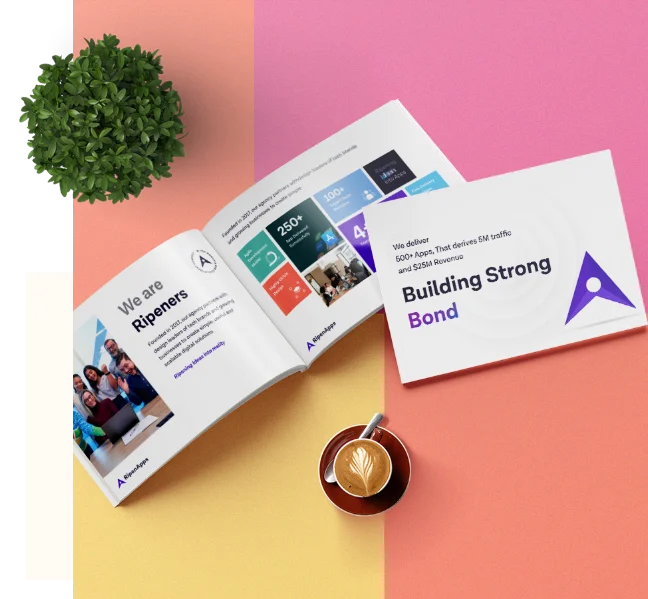






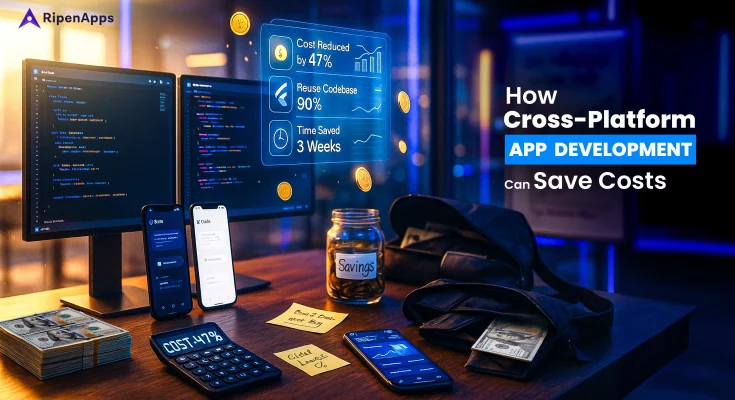

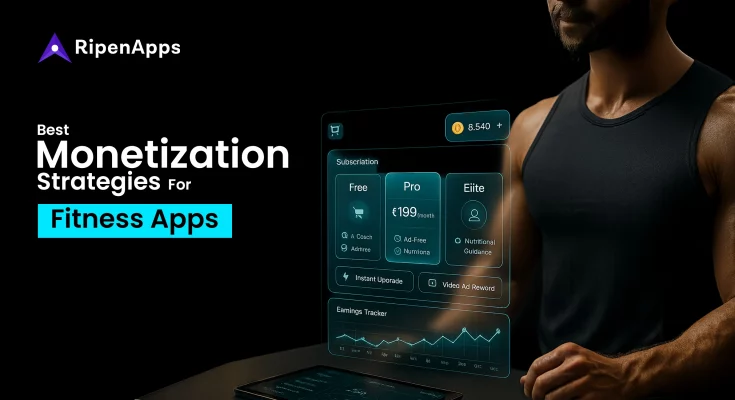

 India
India USA
USA Australia
Australia Canada
Canada UK
UK UAE
UAE
